Promoting an Ecotourism Economy
Alaska’s breathtaking natural landscapes, such as the Arctic, Kanuti, and Yukon Flats National Wildlife Refuges, are critical conservation areas in the United States. These regions provide essential habitats for various species and offer unique insights into the impacts of climate change on Arctic and boreal ecosystems. The longstanding coexistence of wildlife and Alaska Natives, who have thrived off the land for generations, underscores the delicate balance within these remote and unspoiled wilderness areas. The diversity of ecosystems, from coastal lagoons and tundra to forests and wetlands, adds to the splendor and fragility of Alaska’s wilderness.
Our Alaska projects focus on enhancing the benefits of public land for Native and local communities to foster sustainable economic development. A significant part of our work involves building trust and encouraging dialogue between communities and land managers, leading to widespread community support and durable public-private partnerships. Given Alaska’s reliance on tourism and its commitment to preserving natural beauty, sustainable ecotourism projects are vital for future generations to enjoy these wilderness areas while respecting the environment and local cultures. Investing in ecotourism infrastructure and visitor opportunities is expected to benefit Indigenous people, rural Alaskans, guides, outfitters, sportspeople, and tourism-related businesses.
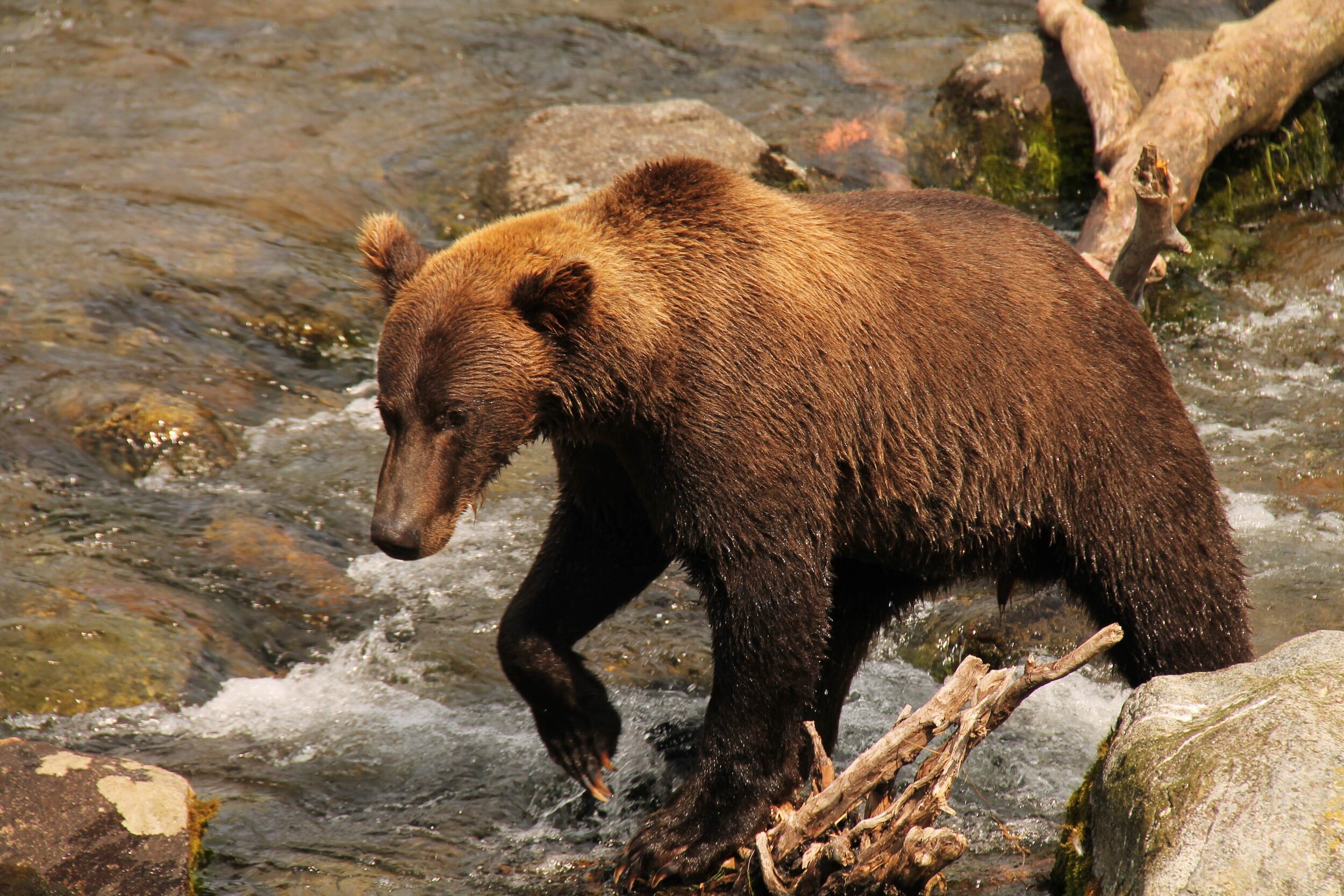
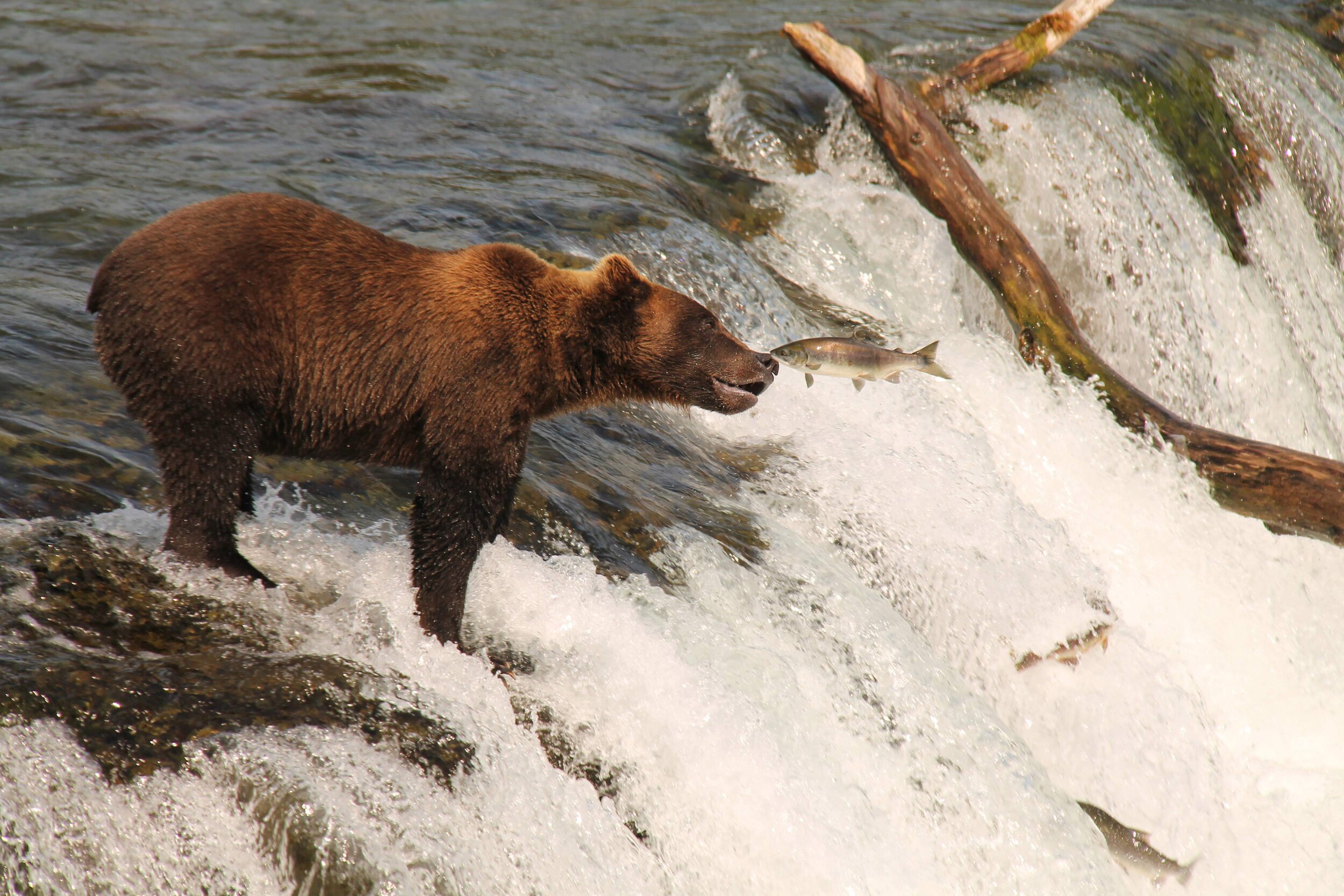
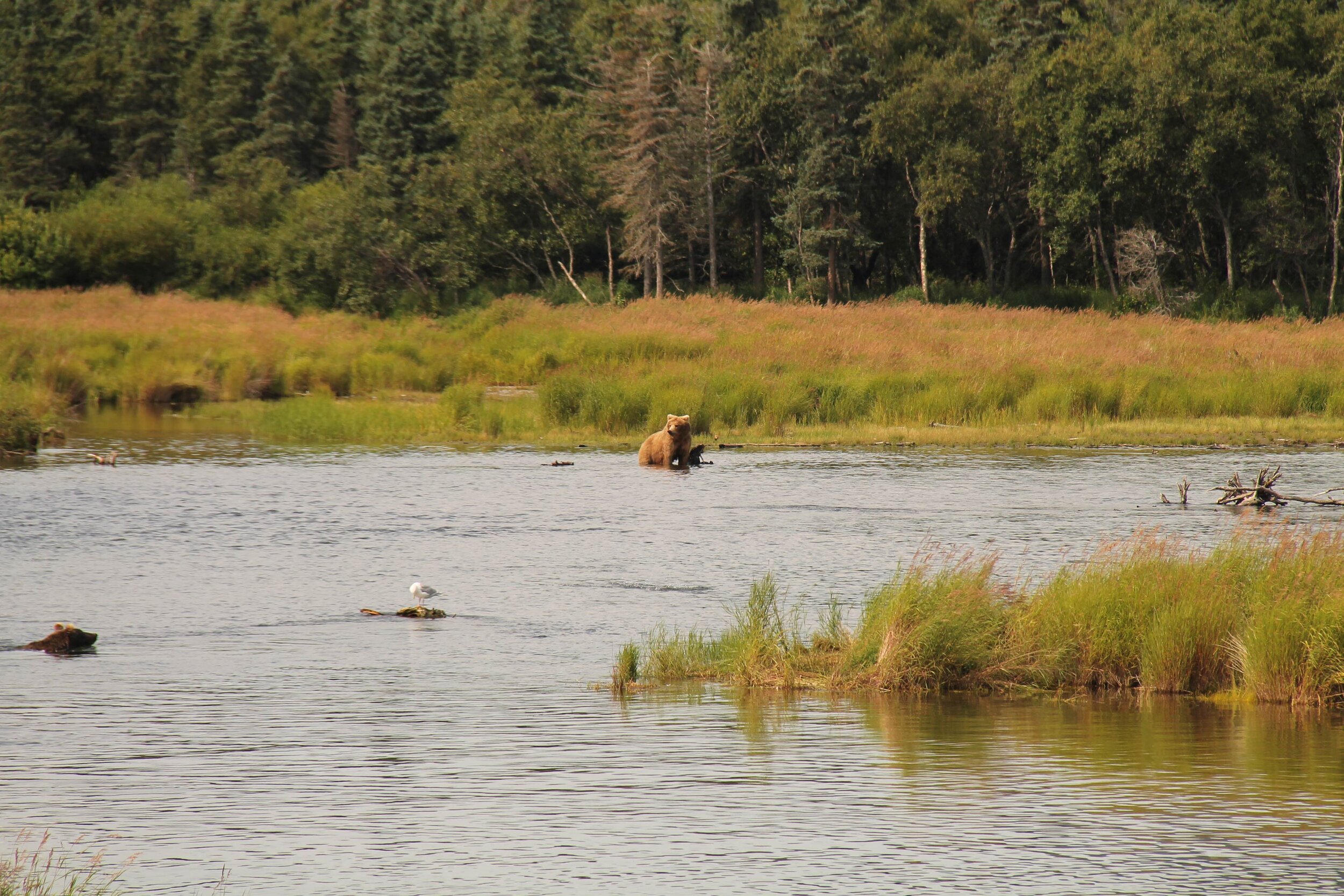
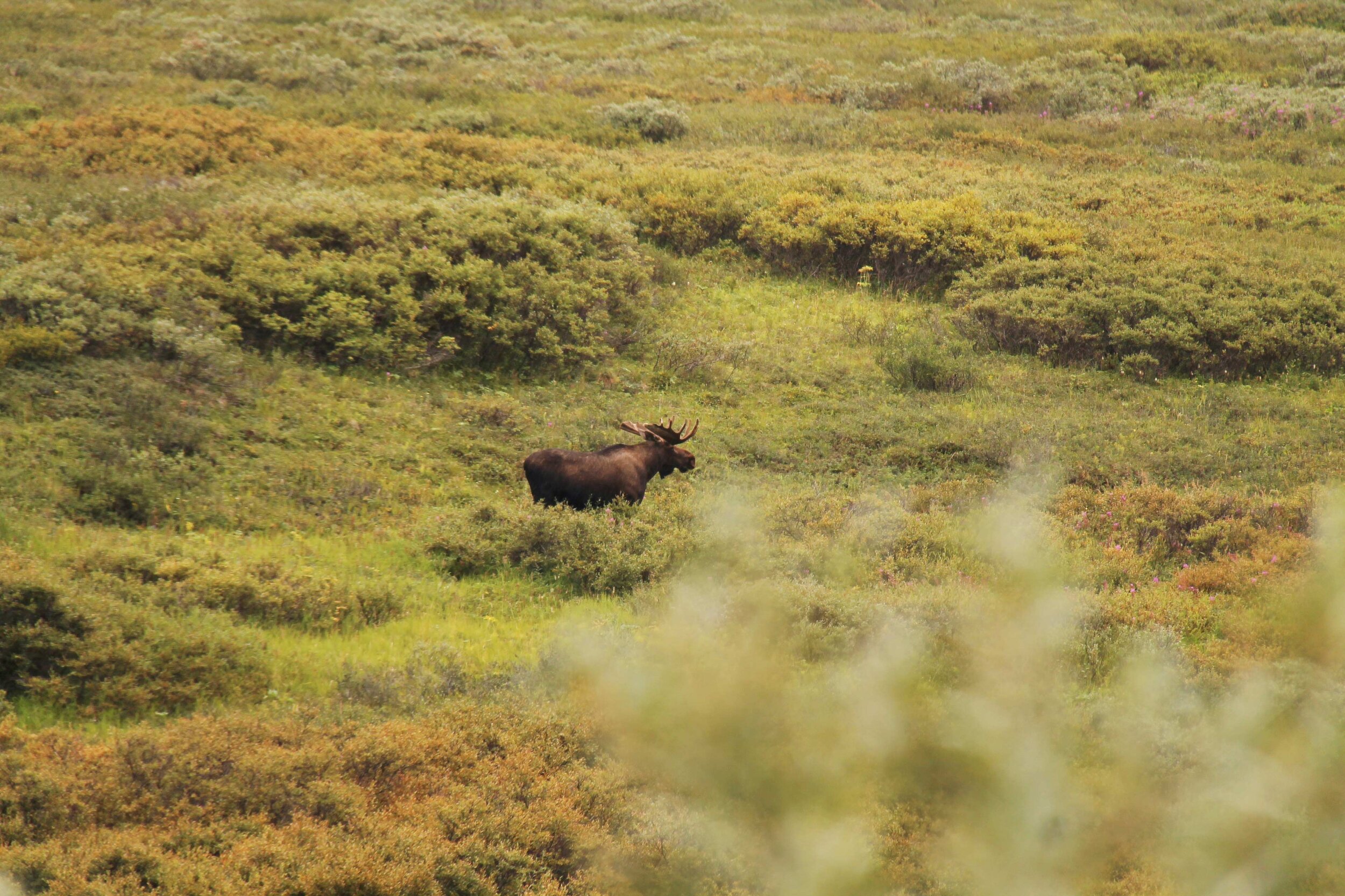
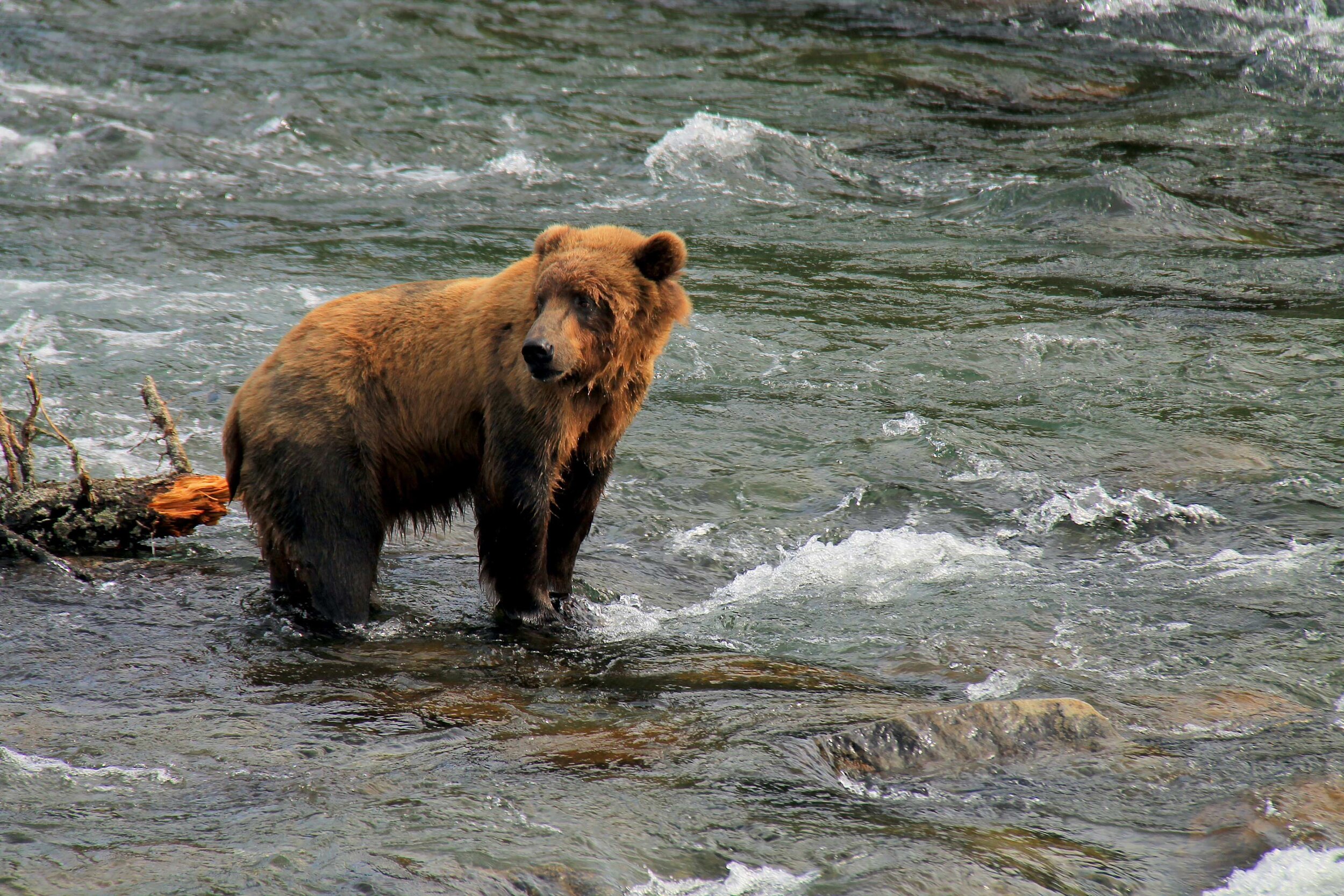
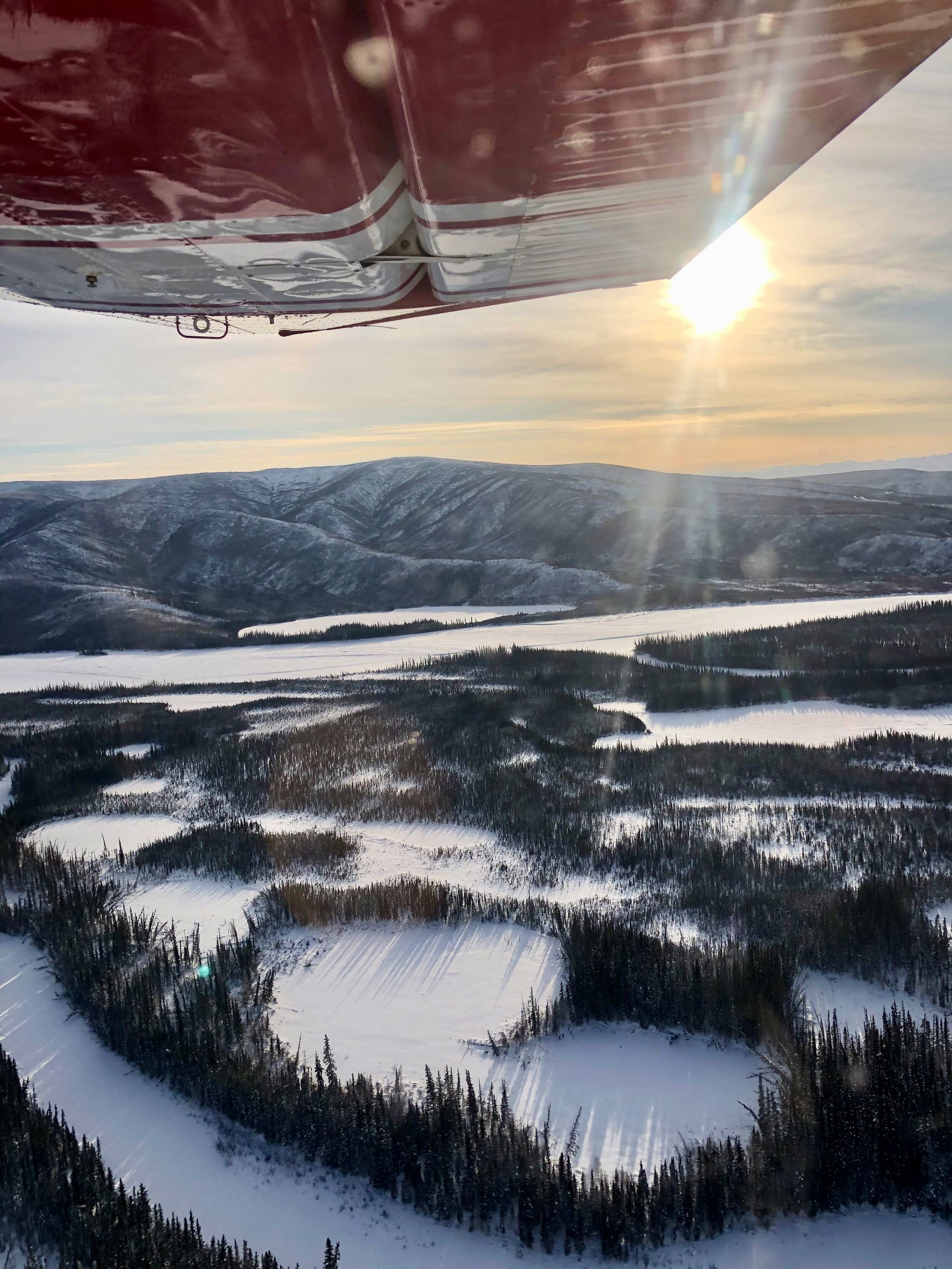
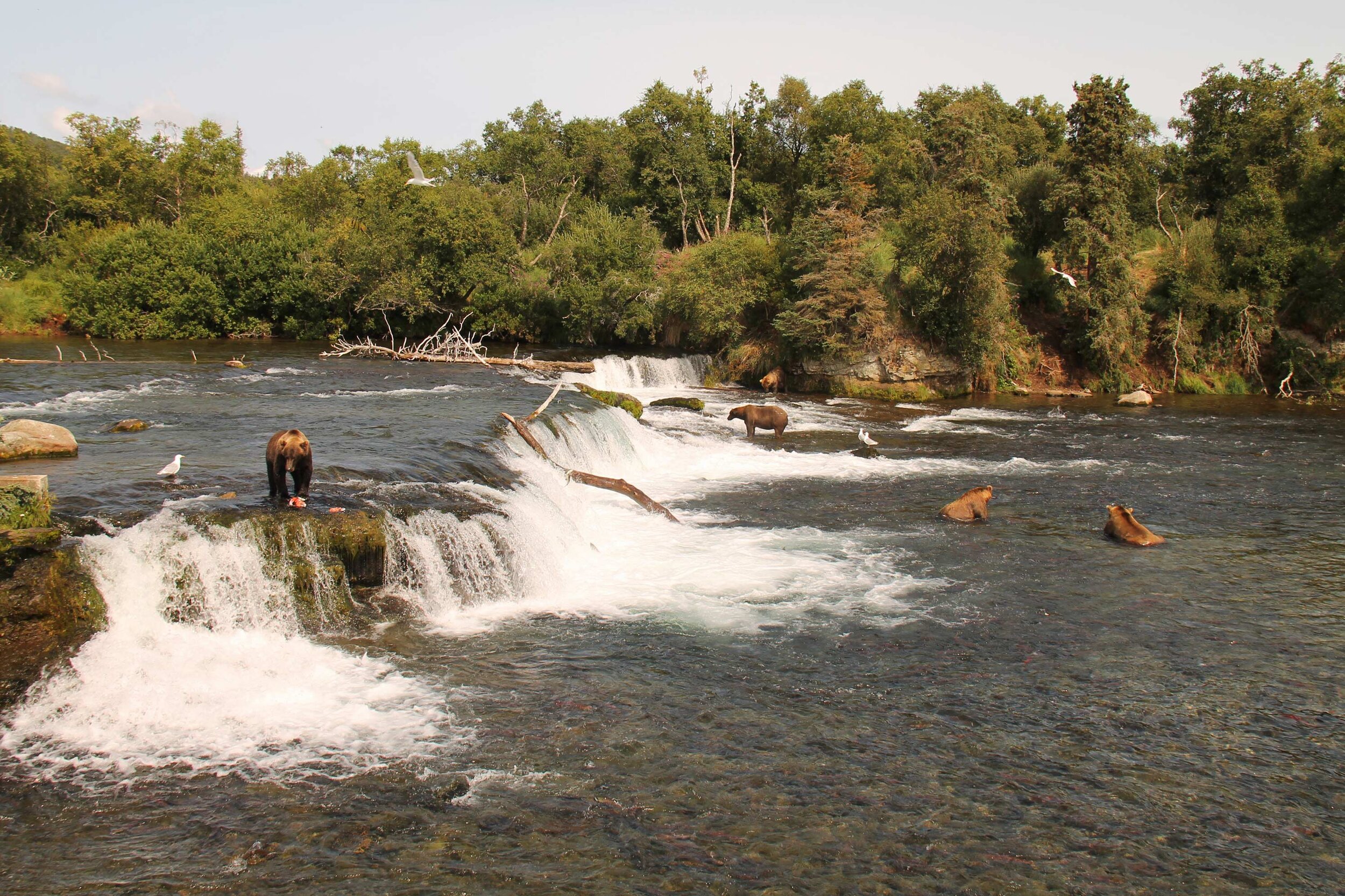
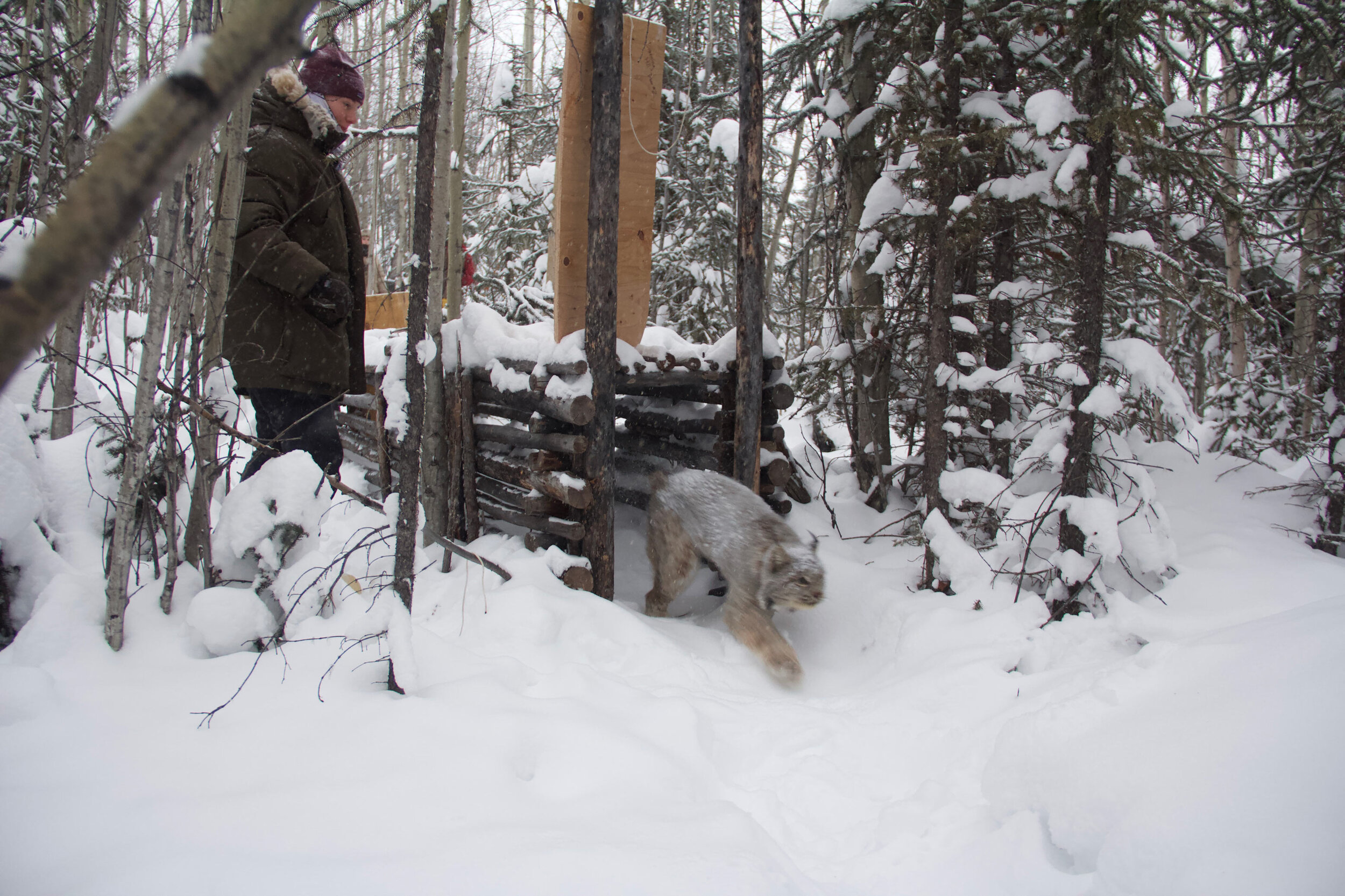
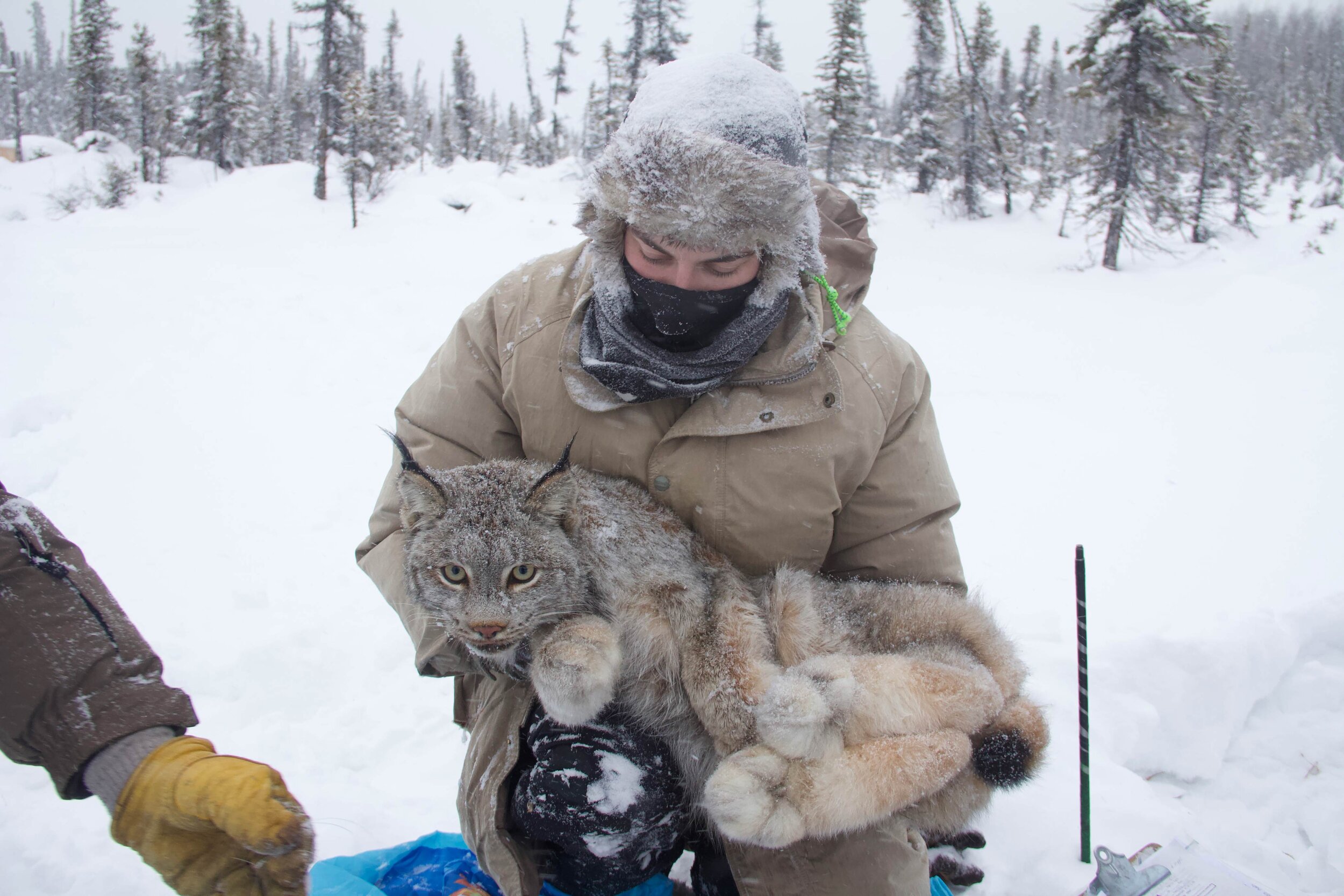
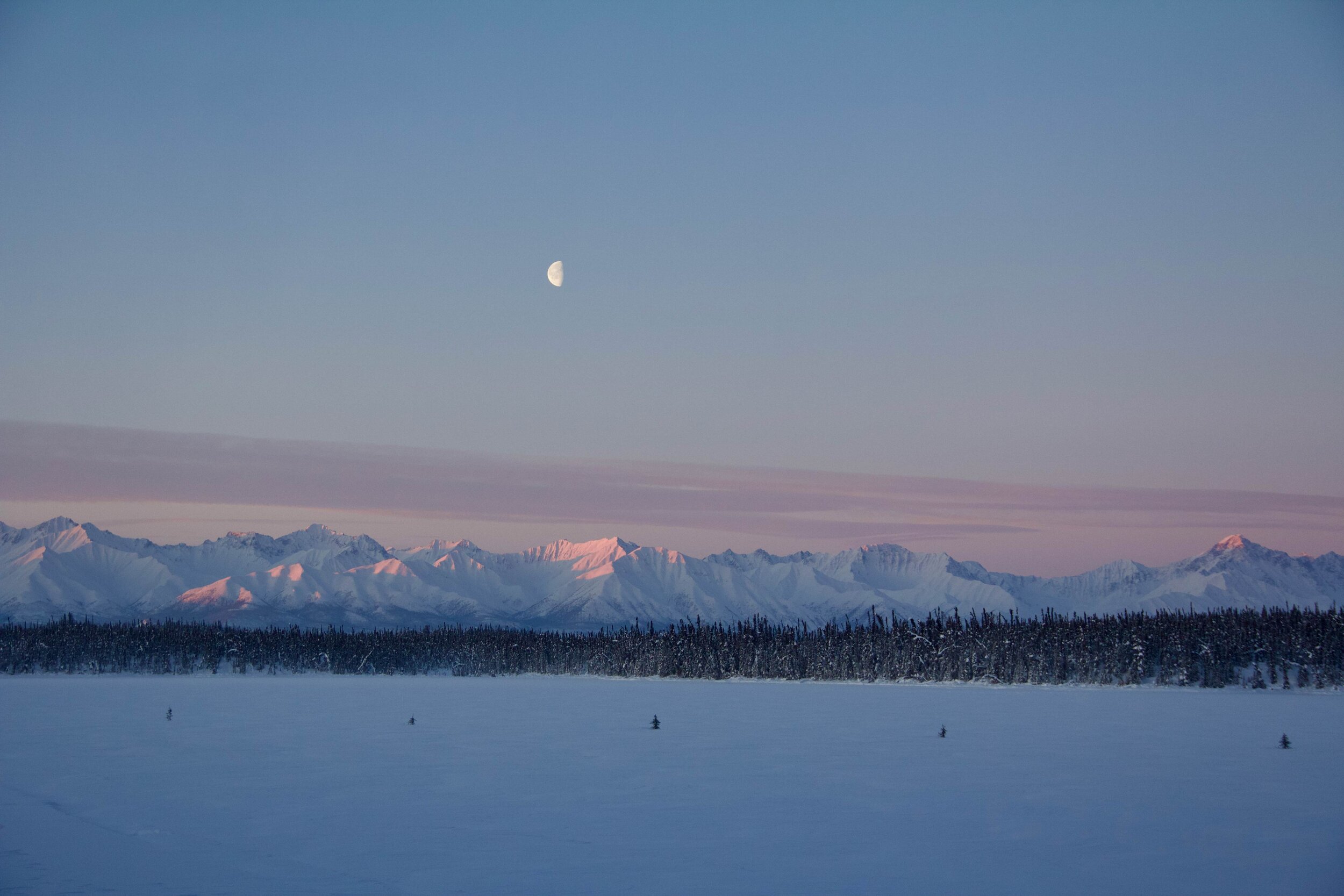
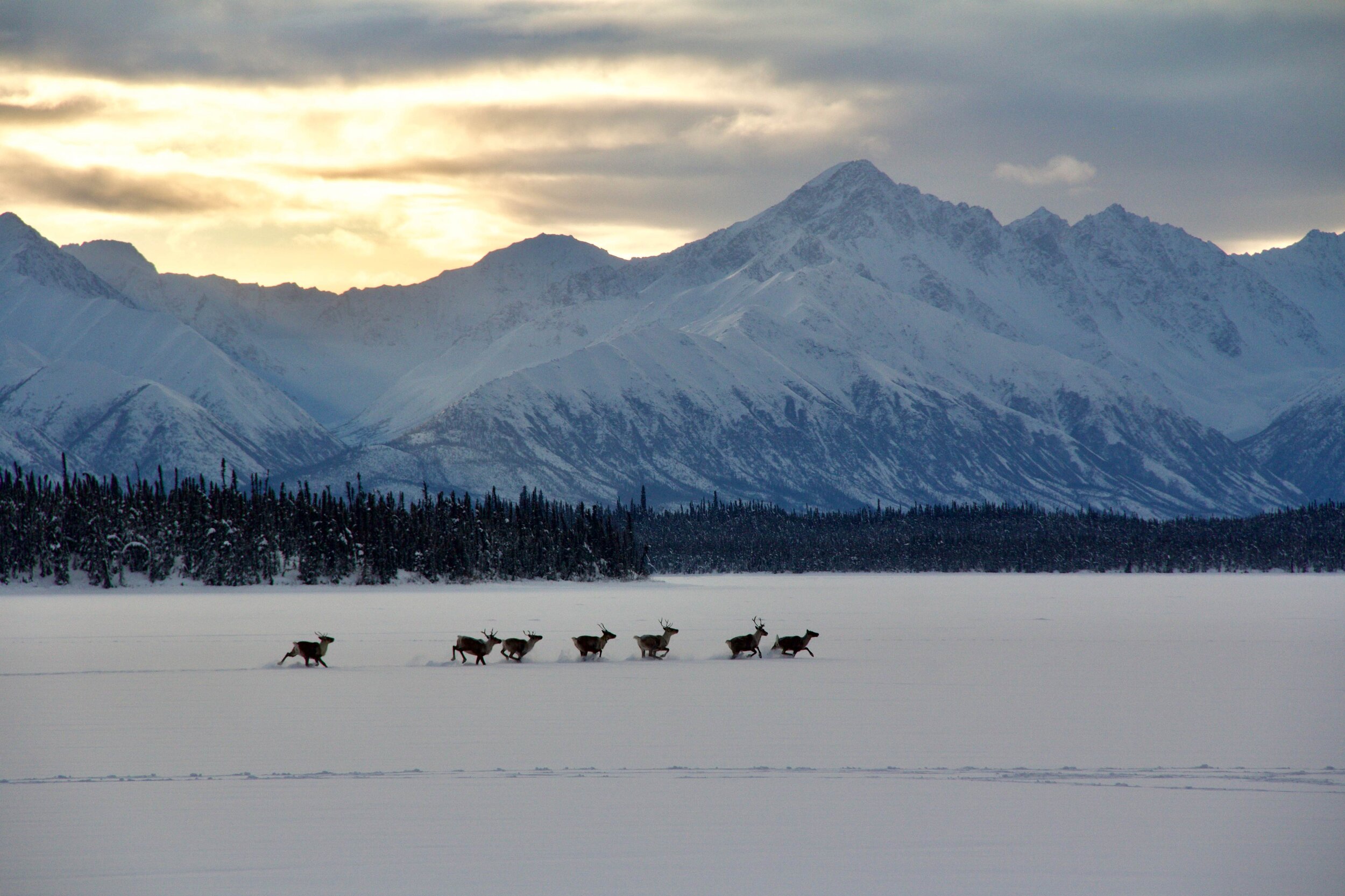
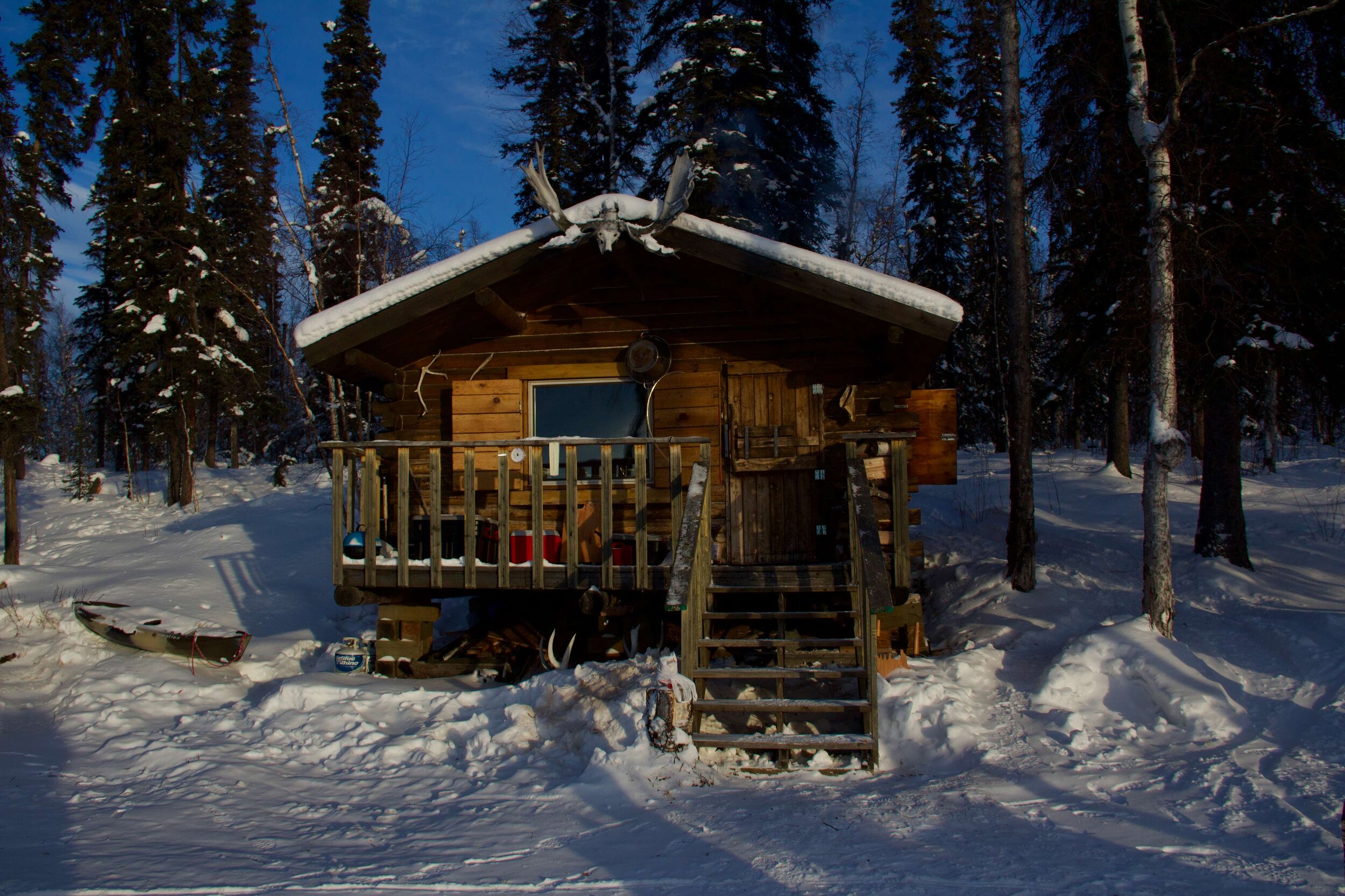
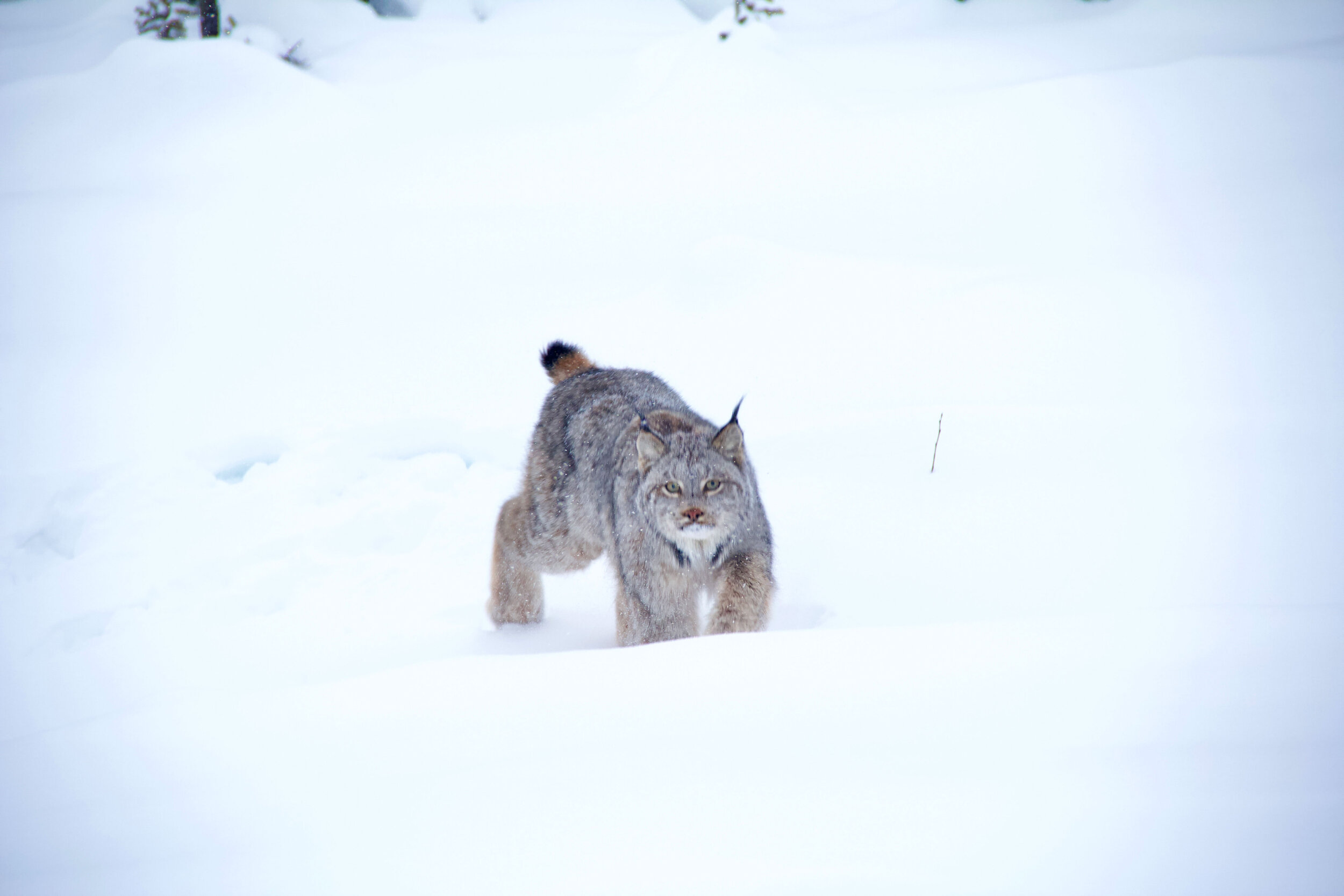
FAIRBANKS
WildLandscapes, in partnership with the Alaska Sustainable Ecotourism Project, played a key role in coordinating land appraisals for a property that will host a new National Wildlife Refuge Visitor Center in Fairbanks. This center will serve as a gateway linking the Arctic, Kanuti, and Yukon Flats Refuges. By connecting local communities with The Conservation Fund, WildLandscapes facilitated the purchase of the 47 acre property through a "buy and hold" arrangement, enabling the U.S. Fish and Wildlife Service to acquire it in the future.
KING SALMON
WildLandscapes is working on a project to establish a sustainable bear-viewing ecotourism lodge in Alaska’s Becharof National Wildlife Refuge, 15 miles from King Salmon. Building on an initial feasibility assessment conducted in 2021-2022, this initiative seeks to create a unique wilderness experience that supports local livelihoods, promotes biodiversity conservation, and importantly, alleviates pressure on heavily visited sites like Brooks Falls in Katmai National Park.
The project focuses on securing land, conducting environmental assessments, and developing the low-impact lodge in collaboration with Indigenous nations, local communities, and public-private stakeholders. By offering visitors a more intimate connection with Alaska’s iconic wildlife and pristine landscapes, this initiative aims to foster global support for conservation while providing sustainable alternatives for Alaska’s ecotourism industry. Currently, WildLandscapes is seeking funding to cover staff time and travel costs necessary to organize the purchase of land for the project. This grant will enable the team to engage with stakeholders, conduct negotiations with landowners and contractors, and finalize critical project planning.



